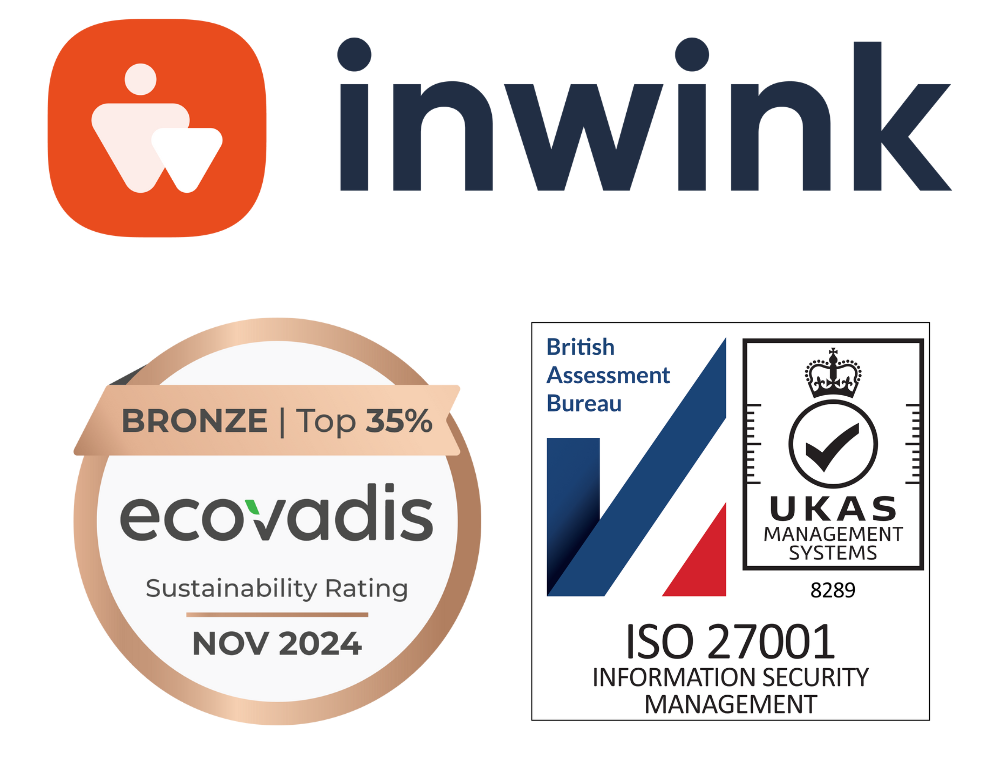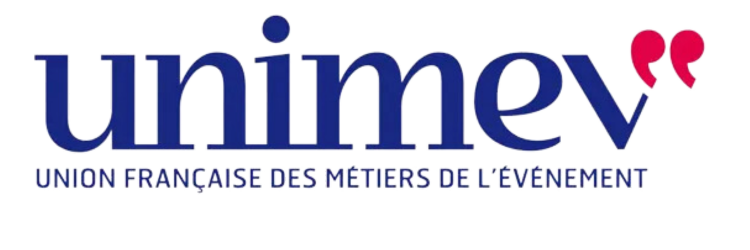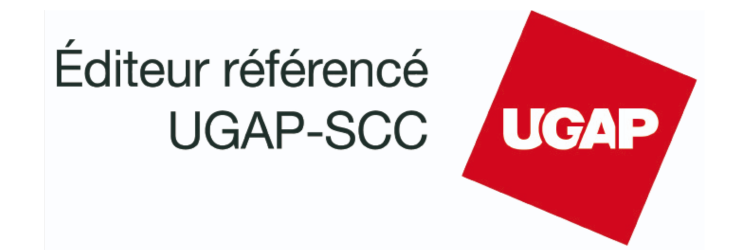For a BtoB marketer to orchestrate their event communication there are different channels of the marketing mix to play on:
- owned media: website, social media, emailing, etc.
- paid media : purchased media, advertising campaigns, etc.
- earned media : word of mouth, press articles, etc.
A majority of BtoB marketers prefer owned media, especially emailing (66 % of them) to promote an event.
To help you make sure your emailing strategy with your guests, registrants and participants is as effective as possible, this article focuses on the 3 pillars of successful email communication:
- deliverability
- personalized content
- sending frequency
1) Ensure good deliverability of your event emailing
Companies who send emails in large volumes need to maintain a respectable reputation for their domain names with email service providers.
Email deliverability is a real issue for all senders, and unfortunately there is no magic solution to guarantee that your messages won’t end up in your recipients’ spams..
However, a few best practices can ensure optimal deliverability.
White labelling
We strongly recommend that you allow your email service providers and event management platforms to use your domain name as emails sender.
This operation only requires a configuration on your domain name called “Sender Authentication”, “Domain Name Authentication”, or “White Labelling”.
White labelling allows you to send messages in your company name and with your domain name, and therefore significantly increases the deliverability of your emails.
Unlike other platforms inwink gives you the freedom to use your own domain name for the sending of your communication, which gives your participants a 100% branded experience.
White listing
This is the most effective deliverability tactic for email sends. But it’s also the trickiest to implement.
If you find that your emails are not being opened by multiple contacts from the same company, it is likely that the company has a firewall blocking your communications.
Solving this is simple when working with professionals that trust you such as a client company or a partner. To break through the company’s firewalls, you’ll have to ask their IT team to place the IP address of your shipping server, or that of your event platform, onto their “whitelist”.
This whitelisting operation is essential for internal events sending out many emails to employees of the same company from the same external domain name.
Copywriting
Deliverability problems can also be related to the content of the email and to some bad writing practices.
Before sending your message, keep in mind a few rules:
- Personalize the hooks of your emails (first and last name of the recipient)
- Personalize your sender’s name whenever possible (name of the event)
- Avoid using capital letters (especially in the email subject line)
- Minimize the use of links, images, and emojis
- Avoid terms that trigger spam alerts of certain messaging softwares; choose words like “reminder”, “now”, “new”, instead of “discount”, “urgent”, “free”
- Do not use large images that risk making your emails heavy; compress your visuals and adjust their format when integrating them in the body of the email
- Avoid attachments
Finally, to ensure the good deliverability of your emails, it is essential to continuously monitor the performance statistics (opening rate, click rate, bounce rate, etc.).
2) Customize the content
Now that you’ve taken the necessary steps to deliver your emails efficiently, your messages need to be opened, read, and raise your audience’s interest!
When organizing a BtoB event, you have access to your guests and registrants’ data. Leverage this data to send relevant and targeted communications to your recipients!
Segmentation of registrants
As a wise marketer, you’ll need to adjust the segmentation of your contact base in order to deliver specific messages adapted to the issues or subjects of interest of your participants.
Your communication will gain impact.
Here are some examples of criteria for creating target lists for your event emailing:
- Participant category: guest speaker, partner, exhibitor, press, participant, VIP, etc.
- Registration mode: ticket buyer, a guest invited by the organizer, partner invitee, etc.
- Declared data: topics of interest, professional industry, experience, type of company, etc…
- Actions taken (or not) by registrants: participation to networking, bookmarking, signing up to a session, arrival to the event place, etc…
- Participant opt-in: to receive information on partners
This data, captured online during and after registration, is very valuable.
According to these criteria you will be able to create different segments of recipients, and thus send targeted messages to your audience.
Content personalization
Based on this segmentation, you can adapt the presentation and layout of your communication.
Here are some ideas to help you:
- dynamic fields: the participant’s information in the email allows an individual approach, therefore less impersonal
- the design: the visual identity of your email must recall the graphic codes of your event (color code, typography, logo)
- the call to action: each message must invite the participant to take an action. For example, connecting to their personal space, registering for workshops, accessing the mobile application, answering the satisfaction survey, etc.
Additionally, be sure to position your call-to-actions (CTA) as high up as possible in your email so that the recipient sees it directly upon opening without the need to scroll down.
The key to an effective emailing strategy for your event lies essentially in a relevant segmentation of the audience, and the personalization of the content.
In short: the right content, to the right audience, at the right time!
3) Optimizing the sending frequency of your event emailing
When building a communication plan, it’s important to define e-mail frequency. The goal here is to maintain conversation with your audience without being annoying!
Your emailing communications must be carefully planned throughout the life cycle of your event.
Automating certain mailings is a wise move when wanting to send subscribers personal messages based on their precise criteria.
Email automation allows you to send emails at the right time and to the right person.
Some examples of automated emails for BtoB events:
- A user registers → a registration confirmation is sent
- A user requests information in a form → a confirmation is sent
- A buyer purchases paid tickets for an event → he/she receives a welcome email
- An attendee participates in a session→ he/she receives a satisfaction collection email
- A participant has several contact requests pending from other participants→ he/she receives a summary email
- A new partner is validated→ he/she receives an access to his/her partner space
In conclusion
It enables targeted communications to be sent through the event’s lifecycle: whether it be from the invitation to registering, to the thank you message, and to the sharing of information to promote the event.
Emailing communication plays an important role in the marketing of the event and the attendee experience. A clear-sighted and well-mastered communication strategy contributes to increasing the event’s attendance rate AND the satisfaction rate of those present.
It’s up to you!




